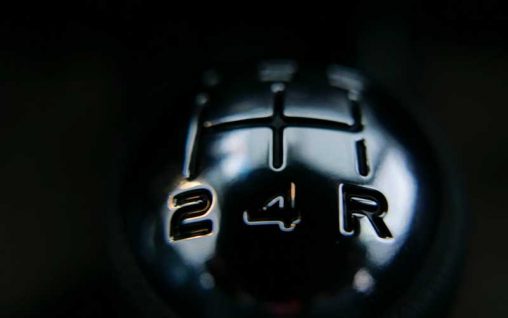6 Key Things To Look At In A Car Listing
Posted by admin at 5 March 2021, at 07 : 14 AM

The art of buying a car has changed quite dramatically in the last couple of decades. Previously, the only two ways to buy a car were to head to your local dealership or contact someone that put ‘for sale’ in the window of their car. Now, you can handle the entire buying process online, making it far more convenient for automobile lovers.
Buying a car generally begins by viewing different adverts or listings. You can find these on any website that sells cars, and they may differ slightly depending on who’s selling the vehicle. Regardless, you need to learn what to look for when you view these listings. Specifically, what are the key factors or details that mean the most to you? Think of the following post as a guide to reading car listings, making it easier for you to tell which cars are worth learning more about, and which ones you should just ignore!
The model year
Obviously, you need to look at the make and model of the car. However, alongside this, you’ll also see a year. Effectively, this is known as the model year, which is basically the year that the car was produced and put up for sale. It’s one of the most important pieces of information as it basically tells you how old a car is. This is also a great way of differentiating between two cars of the same make and model.
In essence, the closer the model year is to the current year, the newer the car will be. As such, this has a key role in determining the price of the vehicle – which is why you need to know it. If a car listing doesn’t have the model year, it’s probably wise to avoid it. There’s something fishy going on, maybe a case of a seller trying to sell an older car for more than it’s worth.
Car mileage
Next, you should be presented with a figure that tells you how many miles a car has driven. This is another basic piece of information that tells you so much about a car. The more miles a car has on the clock, the more used it will be. Therefore, it stands to reason that the vehicle may be in a slightly worse condition than one with hardly any mileage. Again, this is a key price influencer as cars with low-mileage will sell for more than similar cars with lots of miles on the clock.
On some websites, you get another figure that tells you the average mileage for that car. This isn’t available everywhere, but it’s very handy to let you know where the car stands in comparison to others. For instance, you can learn that a car may have driven way above the average miles, meaning it is heavily used.
Transmission & engine information
The next things to look for relate to the transmission and engine. Firstly, the listing should state if a car is manual or automatic. This is a very basic thing to know, and it can instantly let you know if a car is suitable for you or not. If you only get behind the wheel of automatic cars, you now know to avoid any listings that are for manual ones.
Secondly, engine information refers to simple things like the size of the engine and what type of fuel it takes. How many litres does the tank hold? Does it take petrol, diesel, or something else? You could even throw electric and hybrid cars into the mix, as you can see if a car is fully-electric or uses a combination of the two. Either way, you need this information to learn more about how the car drives and how much it might cost to run.
More specific specifications
Following on from this, it helps to be presented with more specific specifications about the car. This includes the miles per gallon, engine power, number of doors/seats, car style, and so on. Effectively, it provides more information that can help you make a more informed decision.
Vehicle history
All car listings should provide you with details on the vehicle’s history. Two main things come under this umbrella, the first of which is the service history. While you’re unlikely to see a full report of this via a listing, it should tell you if a full service history is available or not. If there are no details about this, it raises a bit of a red flag. Sellers know that service history is important to buyers, so a lack of one can indicate that they’re trying to hide something.
The second thing to look for is information on the owners. Ideally, a car listing should state how many owners the vehicle has had. Again, this gives you a better idea as to how used a used car is. With new vehicles, there will obviously be no owner! Generally, the more owners a car has, the cheaper it will be. It’s also a potential warning sign as you have to wonder how a car has had so many owners – particularly if it’s got a rather new model year. Why has it passed through so many hands?! Perhaps it’s because there are things wrong with it…
Real photos
Photos of the car are so critical for anyone that’s looking to buy a vehicle. You need to know how it looks, preferably having photos of the inside & out, including some close-ups to see all the fine details. Not only that, but these photos need to be real. Basically, they can’t be stock photos taken from Google or from the original manufacturer’s website!
You need to see exactly what the car looks like and its current condition. It should be very easy to tell if photos are genuine or not, and the more you have, the better.
Of course, you will come across lots of extra information on car listing, but these are the key things to look for. In turn, they all help you make sense of the asking price. Yes, you should look at this, but it makes more sense to view the other information first. Afterwards, you can look at the price with a more critical eye, determining if it’s worth it or not. Hopefully, this helps you find the best deals and avoid overpaying for your next car.

